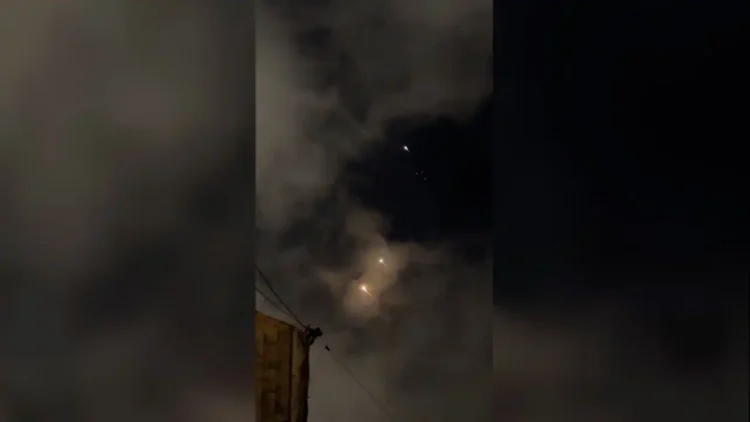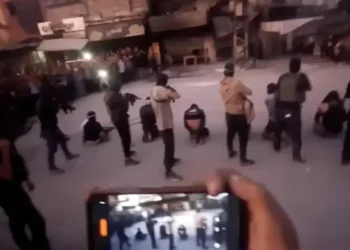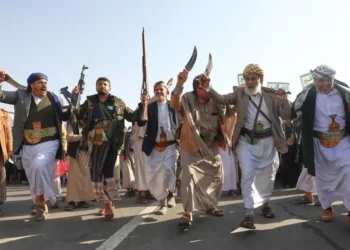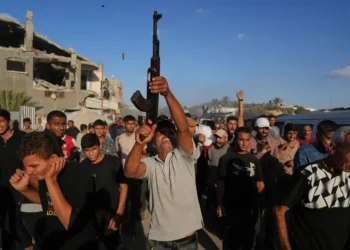Day Four: Israel–Iran Conflict Intensifies
1. Broader Targeting, Bigger Stakes
- Israel steps up: What started as a strike on nuclear sites has expanded dramatically. The Israeli military has now bombed over 250 targets across Iran—hitting energy plants, aviation hubs, and manufacturing centers in cities like Tehran and Mashhad. These attacks, reportedly damaging the South Pars gas field and military fueling equipment, suggest a shift beyond tactical to strategic aims.
- Mossad-backed sabotage: Covert drone missions led by Mossad infiltrated Iranian air-defense systems ahead of airstrikes—blunting Iran’s retaliatory capacity.
2. Iran’s Fierce Response
- Missile barrages: Iran fired volleys of ballistic missiles and drones toward Israeli cities—Tel Aviv, Haifa, Bat Yam, Rehovot—leading to civilian deaths, injuries, and localized fires.
- Rising tolls: Iranian officials report ~224 dead (90% civilians), with 1,200+ injured. Israel reports at least 14 killed and roughly 380 wounded.
3. Human Cost & Civilian Fallout
- In Tehran: Distress is widespread—metro stations and mosques turned into shelters; internet blackouts; families fleeing north via clogged highways.
- In Israel: Air-raid sirens, partial airport closures, and missile alerts are disrupting daily life. At least two small children died in Bat Yam.
4. International Alarm & Diplomatic Pressure
- World leaders on alert: The G7, EU foreign ministers, and UN officials are convening emergency sessions. German Chancellor Merz and U.S. President Trump emphasize defending Israel and pushing for dialogue—but Iran has rejected ceasefire talks while under attack.
- U.S. stance: Trump says the U.S. played no direct role in Israel’s initial attack and has vetoed a plan to assassinate Iran’s Supreme Leader. But he warns Iran not to strike American interests, ominously mentioning “full strength and might”.
5. Uncertain Horizon
- Escalation risk: With strikes targeting energy and leadership assets—plus a distinct mention that Iran’s Supreme Leader “isn’t off limits”—analysts warn this conflict could spiral unless diplomatic channels calm the crisis.
- Oil & markets wobble: Energy prices are rising, and nations across Europe and the Middle East are scrambling—curbing travel, readying evacuation plans, and preparing for broader fallout.
Why It Matters
This is no longer a contained skirmish—it’s evolving into a high-stakes confrontation with ripple effects:
- Civilians are in peril on both sides, caught amid strategic strikes and missile exchanges.
- Global diplomacy is urgent, with world leaders racing to avert a larger regional war.
- Strategic doctrine is shifting, blending clandestine drone sabotage with traditional air power.
What’s Next?
- Iran has said no ceasefire parties while under duress.
- Israel signals readiness to push deeper into Iran if retaliation continues.
- The international community, especially at the upcoming G7 summit, faces mounting pressure to broker a halt.
Bottom line:
The Israel–Iran clash has hit Day 4—and transformed from targeted strikes into a broader, riskier showdown. For millions of civilians, life is no longer the same. For global leaders, the moment for decisive diplomacy is now.
Source: CNN – Israel and Iran broaden attacks as conflict enters fourth day
This article was rewritten by JournosNews.com based on verified reporting from trusted sources. The content has been independently reviewed, fact-checked, and edited for accuracy, tone, and global readability in accordance with Google News standards.
Stay informed with JournosNews.com — your trusted source for verified global reporting and in-depth analysis. Follow us on Google News and BlueSky for real-time updates.
JournosNews.com follows Google News content standards with original reporting, verified sources, and global accessibility. Articles are fact-checked and edited for accuracy and neutrality.












